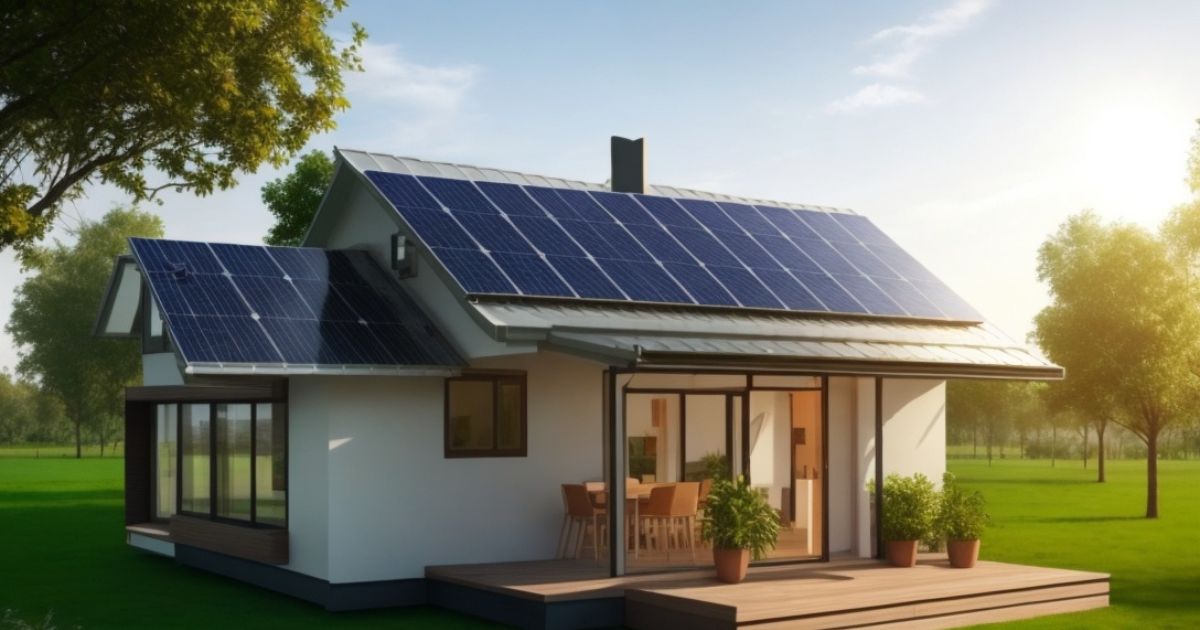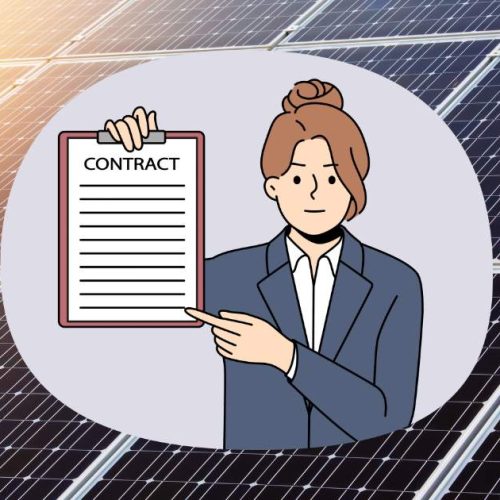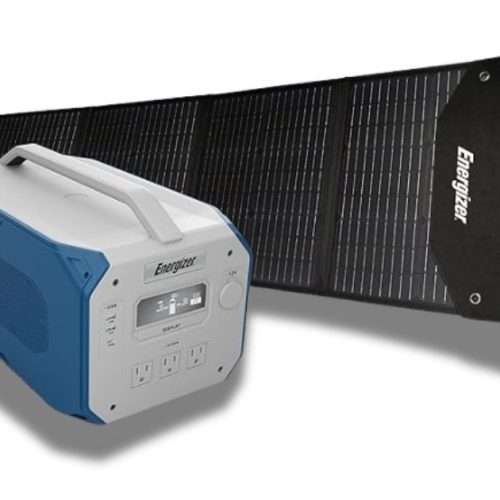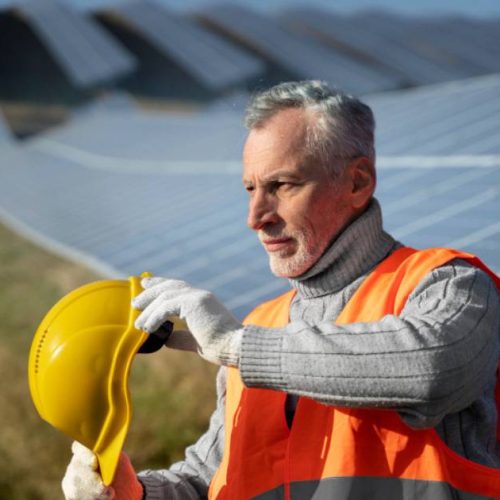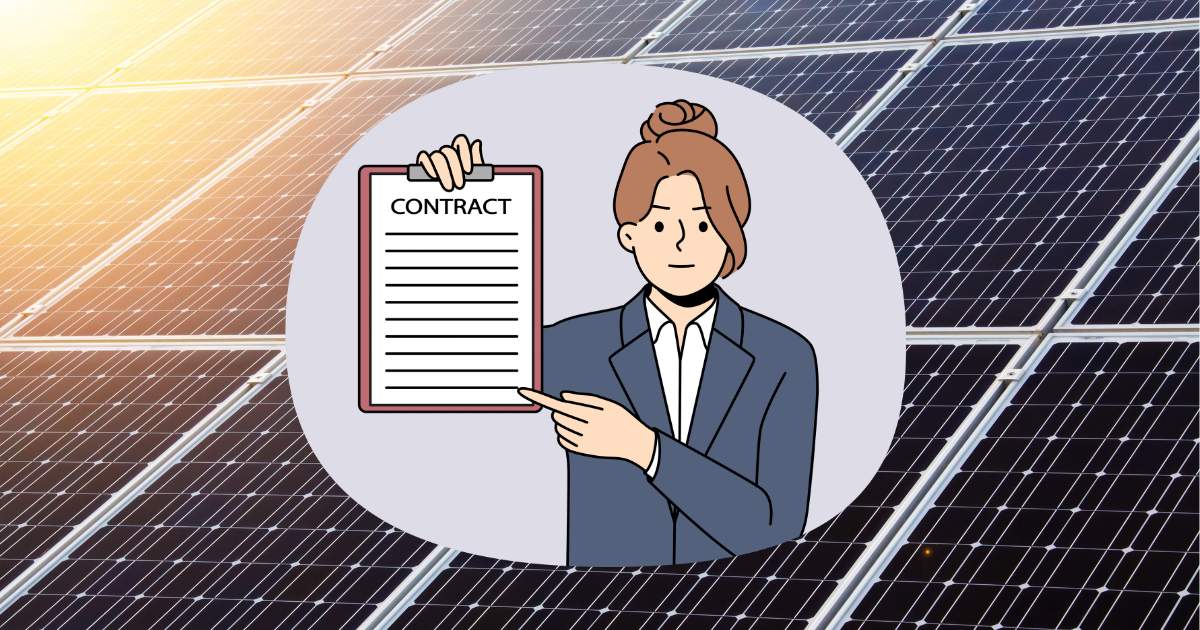Human interest in renewable energy sources has been increasing in recent years due to the urgent need to combat climate change and reduce dependence on fossil fuels. Among the various renewable energy options, solar energy stands out as a particularly promising and accessible solution for both residential and commercial use. Solar panels, also known as photovoltaic (PV) panels, convert sunlight directly into electricity, providing clean, sustainable, and increasingly affordable electrical energy. Today we will know how to install solar panels.

How to install solar panels
There are many benefits of installing solar panels. Not only can it lower your electricity bill but it also helps reduce harmful carbon emissions, contributing to a healthier environment. Furthermore, many governments offer incentives such as tax credits and rebates to encourage solar adoption, making it a financially attractive option. As technology continues to advance, the efficiency and affordability of solar panels improve, making them more usable to a wider audience.
Global solar adoption is increasing. Countries around the world are setting ambitious targets for renewable energy and solar energy is playing an important role in these plans. In the US, for example, the solar industry has seen exponential growth, with installations increasing year after year. This growing trend is a clear indication that solar energy is becoming a mainstream choice for sustainable energy solutions.

Planning requirements for solar panels
Solar Panel Site Assessment
Before starting a solar panel installation, it is crucial to conduct a thorough site assessment to assess the solar potential of your property. This involves several key considerations:
Roof Orientation and Tilt: The orientation and angle of your roof significantly affects solar panel performance. In the Northern Hemisphere, south-facing roofs generally receive the most sunlight, while in the Southern Hemisphere, north-facing roofs are preferred. Roof tilt ideally matches location latitude to maximize solar exposure. However, modern solar panels are quite versatile and can work well even if the orientation of the roof is not perfect.
Shading: Shading can greatly reduce the efficiency of solar panels. It is essential to assess potential sources of shade such as trees, chimneys, and neighboring buildings. Even small shadows can have a disproportionate effect on power output, especially if they fall on critical areas of the panel. Using tools like Solar Pathfinder or consulting a professional can help identify and mitigate shading problems.
Structural Integrity: The roof must be structurally sound to support the weight of the solar panels and mounting equipment. A qualified professional can determine if any reinforcement is needed. This is especially important for older buildings, where roof upgrades may be needed to handle the additional load.
Solar Energy requirement analysis
Understanding your energy consumption is a fundamental step in planning your solar panel installation. Here’s how to calculate your energy needs:
Review your energy bill: Collect your electricity bill from the past year to determine your average monthly and annual energy usage in kilowatt-hours (kWh). This will give you a good idea of how much power you need to generate.
Consider future needs: Think about future changes that could affect your energy consumption. For example, are you planning to buy an electric car or add new appliances? Including these factors in your calculations will help you size your system more accurately.
Calculate System Size: Once you have an estimate of your energy needs, you can calculate the required solar system size. As a rough guide, you can divide your annual kWh usage by the maximum number of hours of sunshine your location receives annually (available from local weather data). This will give you an estimate of the kilowatt (kW) system size needed to meet your energy needs.

Choosing The Best Solar Panels
Types of Solar Panels
Choosing the right type of solar panel is crucial to maximizing efficiency and minimizing your budget. The three main types of solar panels are:
Monocrystalline Solar Panels
These panels are made from single-crystal silicon and are known for their high efficiency and long lifespan. They have the ability to produce more electricity in low-light conditions and have a sleek appearance. However, they are the most expensive option.
Polycrystalline Solar Panels
Made from multiple silicon crystals, these panels are less efficient than monocrystalline panels but more affordable. They have a blue color and a slightly shorter lifespan. Polycrystalline panels are a good choice for those looking for a balance of cost and efficiency.
Thin-film solar panels
These panels are made by depositing photovoltaic elements on a substrate. They are light, flexible, and can be produced in large sizes. Although they are less efficient and have a shorter lifespan than crystal panels, they are also less expensive and can be used in a variety of applications where traditional panels may not be suitable.
Efficiency of a solar panel
Balancing efficiency and cost is essential when selecting solar panels. Here are some factors to consider:
Efficiency rating: High-efficiency panels produce more electricity from the same amount of sunlight, which is especially important if you have limited roof space. But these also come at a higher price. Check out the efficiency ratings provided by the manufacturers and compare them to find the best-suited solar panel for your needs and budget.
Cost considerations: While the initial cost of solar panels can be significant, it’s important to consider the long-term savings on your energy bills. Calculate the payback period—the time it takes for the savings to cover the initial investment—and the overall return on investment (ROI). Financial incentives, such as tax credits, rebates, and net metering, can also reduce the operating costs of your solar installation.
Warranties and lifetimes: Check the warranties offered by manufacturers, which typically range from 20 to 25 years for product performance and 10 years for workmanship. A longer warranty can provide peace of mind and indicate the manufacturer’s confidence in the durability of their product.

Hiring a Professional vs DIY Installation
Professional solar panels installation
Hiring a professional solar panel installer offers several benefits:
Skills and Experience: Professional installers have the knowledge and experience to design and install a system that maximizes efficiency and complies with local regulations. They can handle complex tasks such as electrical work and roof replacement, ensuring a safe and efficient installation.
Warranties and guarantees: Many professional installers offer warranties on their work, providing protection against installation defects and performance issues. This can add significant value and peace of mind, as you will have recourse when problems arise.
Safety Considerations: Installing solar panels involves working at heights and working with electrical systems, both of which can be dangerous. Professionals are trained to follow safety protocols, reducing the risk of accidents and injuries.
DIY Installation
For those with the necessary skills and confidence, DIY installation can be a cost-effective option. Here’s a guide to help you get started:
Preparation and Planning: Thoroughly research and plan your installation. This includes understanding solar system components, local building codes, and required permits. We (Decorflux) guide you online to help you in this process.
Gather Materials: Purchase a solar panel kit that includes all the necessary components such as panels, mounting hardware, inverters, and cables. Make sure the kit is compatible with your energy needs and roof structure.
Solar Energy Installation Steps
- Mounting the panels: Secure the mounting hardware to the ceiling or ground Make sure the structure is sturdy and properly aligned to optimize sunlight exposure.
- Panel Wiring: Connect the panels following the manufacturer’s instructions. This usually involves linking the panels in a series or parallel configuration to match the voltage and current requirements of the inverter.
- Inverter: The inverter converts the DC power generated by the panel into AC power used by household appliances. Connect the panels to the inverter, then connect the inverter to your home’s electrical system.
- Connecting to the Grid: If you plan to sell excess electricity back to the grid, you will need to connect your system to the utility grid. This often requires approval and inspection from the local utility company.
- Safety Precautions: Follow all safety guidelines to avoid accidents. Use appropriate personal protective equipment and ensure that all electrical connections are safe and conform to local codes.

Steps to Install Solar Panels
Solar Panel Permits and Documents
Before installation, necessary permissions and approvals must be obtained. This process varies by location but typically includes:
Building permit: Apply for a building permit from your local government. This ensures that your installation conforms to local building and safety standards.
Utility approval: If you plan to connect to the grid, you will need approval from the utility company. This often includes submitting an interconnection agreement and detailing your system specifications.
Incentive Application: Apply for available incentives like tax credits and rebates. This can significantly reduce your installation costs.
Mounting the Panels
The process of mounting solar panels involves several key steps:
- Install the mounting hardware: Secure the mounting hardware to your roof or ground using the appropriate fasteners. Make sure the hardware is flat and properly aligned.
- Attach the solar panels: Mount the solar panels on the hardware, securing them with bolts or clamps Make sure each panel is securely attached and properly constructed to maximize sunlight exposure.
- Seal penetration: If mounted on a roof, seal any penetration to prevent leakage. Use suitable flashing and sealant to protect against water ingress.
Solar Panel Electrical Connections
Proper electrical connections are critical to the safety and performance of your solar system:
- Connect the panels: Connect the panels in series or parallel depending on your system design Use the appropriate connector and follow the manufacturer’s instructions.
- Install the inverter: Connect the panels to the inverter, making sure all connections are secure and conform to electrical codes. The inverter should be installed in a cool, shaded location to ensure optimal performance.
- Connect to the electrical panel: Connect the inverter to your home’s electrical panel, making sure the system is properly grounded. This step often requires a licensed electrician to ensure compliance with local electrical codes
Connecting to the Grid
Connecting your solar system to the utility grid involves several steps:
- Install a utility meter: If necessary, your utility company will install a bidirectional meter to track the electricity you generate and use.
- System inspection: Your system may need to be inspected by local building authorities and/or utility representatives to ensure it meets all regulations and safety standards.
- Activation: Once approved, you can activate your system and start generating electricity. Your utility company will monitor the system to ensure it is working properly and efficiently.

Post-Installation Tips
Solar System Monitoring
Checking the performance of your solar system is essential to ensure it is working efficiently.
Use monitoring software: Many inverters come with monitoring software that shows real-time data on energy production, system performance, and potential problems. Check this data regularly to make sure your system is working as expected
Regular Inspections: Conduct periodic visual inspections of your panels and equipment to detect any physical damage, dirt accumulation, or shedding problems. Fix any problems to maintain optimal performance.
Solar Panel Maintenance
Proper maintenance is key to the longevity and efficiency of your solar system:
Clean the panel regularly: Dust, dirt, and debris can reduce the performance of your panel. Clean them alternately with water and a soft brush or cloth. Avoid using harsh chemicals or abrasive materials.
Check Connections: Regularly check all electrical connections and mounting hardware to ensure they are secure and in good condition. Tighten any loose connections and replace any damaged components.
Inverter Monitor: The inverter is an important component of your system. Monitor its performance and ensure that it is operating within the manufacturer’s specifications. Fix any errors quickly.
Troubleshooting
Common problems with solar panels can often be solved with simple troubleshooting:
Poor performance: If your system is underperforming, check for shading, dirty panels, or faulty connections. Clean the panel, remove any obstructions, and inspect the wiring.
Inverter problems: If the inverter displays an error code, refer to the manufacturer’s manual for troubleshooting steps. Common problems include overheating, grid faults, and wiring problems.
System Shutdown: If your system shuts down unexpectedly, check for tripped breakers, blown fuses, or utility grid problems. Reset any tripped breakers and replace any blown fuses.
perfection
Installing solar panels is a worthwhile investment that offers many environmental and financial benefits. By planning your installation carefully, choosing the right panels, and deciding between professional and DIY installation, you can optimize your solar energy system for maximum efficiency and cost savings.
Remember to follow the necessary steps for permitting, mounting, and electrical connections, and take advantage of the post-installation tips for maintaining and monitoring your system. As solar technology continues to advance, the process of installing and maintaining solar panels will become more accessible and beneficial.
By adopting solar energy, you are not only reducing your carbon footprint and saving on energy costs but also contributing to a more sustainable future. Consider consulting with a professional installer or exploring solar panel options to take the first step toward a clean, green energy solution for your home or business.
